On View
In Pictures: Black Artists Use A.I. to Make Work That Reveals the Technology’s Inbuilt Biases for a New Online Show
In an act of "defiant visibility," Black artists are telling their stories with A.I. despite its obvious shortcomings.
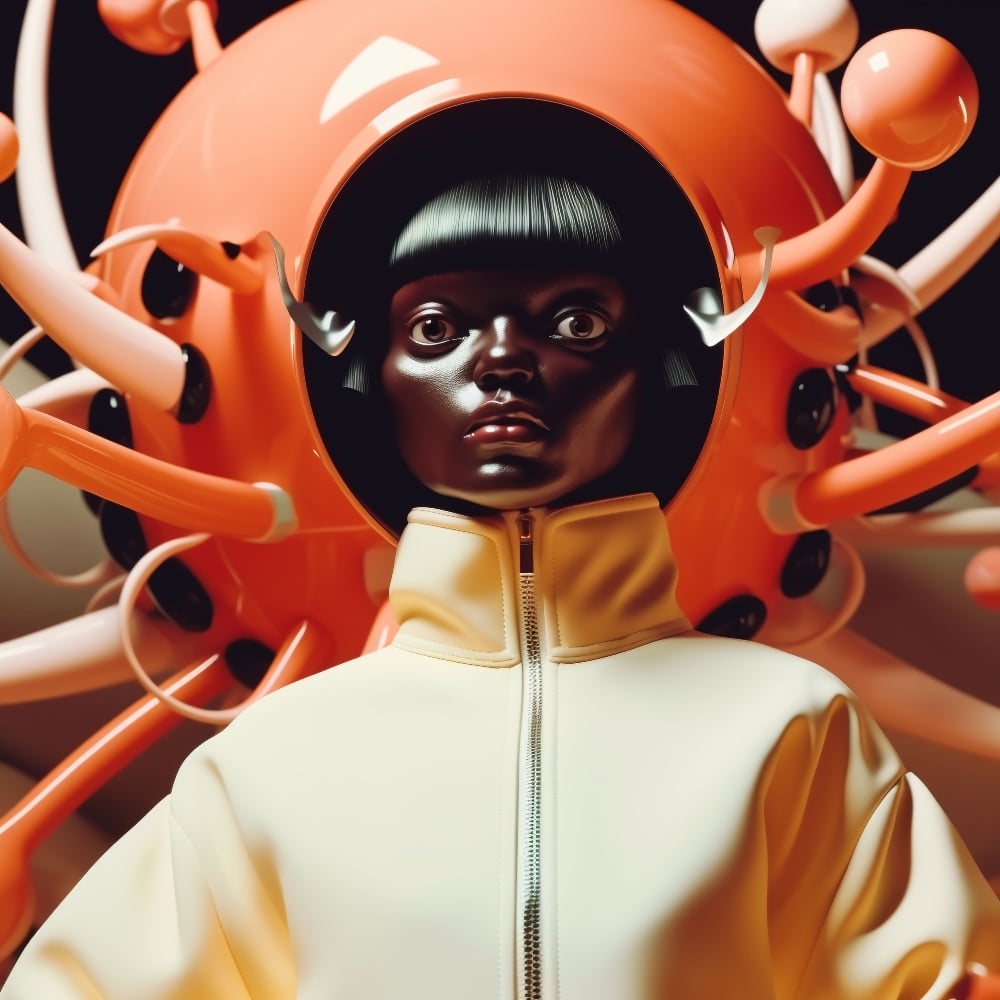
In an act of "defiant visibility," Black artists are telling their stories with A.I. despite its obvious shortcomings.

Jo Lawson-Tancred

An online exhibition of artworks by Black artists from Africa and its Diaspora explores the misrepresentations of Black identity by A.I., which they say offers “a fragmentary, perhaps even violent, picture.”
As is now well understood, data, and consequently A.I., reproduces the same human biases that are ever-present in our everyday real lives. In response, “In/Visible” on the digital art platform Feral File brings together work that is “defiantly visible” by Black artists who are using A.I. to tell stories despite its inevitable shortcomings.
“Black artists using A.I. today have to work harder than their white counterparts to get results that they feel accurately represent them,” Senegalese curator Linda Dounia told Artnet News. “They achieved this with persistence and stubbornness, endlessly re-prompting, correcting distortions, and editing out stereotypes. While Black artists should be celebrated for the incredible persistence they show using a tool that barely understands them, it really shouldn’t be this hard for them to participate in the emergence of new technologies.”
Classic examples of A.I. bias in Dounia’s experience include face and body distortions, lack of detail or definition of features like hair and inability to understand cultural references like types of braid or attire. “A prompt about a ‘building in Dakar’ will likely return a deserted field with a dilapidated building while Dakar is a vibrant city with a rich architectural history,” she also noted of A.I.’s replication of common stereotypes.
“For a technology that was developed in our times, it feels like A.I. has missed an opportunity to learn from the fraught legacies that older industries are struggling to untangle themselves from,” she added. “‘In/Visible’ is a way for Black artists to feel less lonely in their experience of A.I., to have their challenges expressed in a way that resonates materially and emotionally, to reject the normalization of their exclusion in emerging technologies.”
In her curatorial statement, Dounia further elucidated the ways in which data fail to adequately capture ambiguity, while also failing to offer an “objective” reflection of our reality. “Logical measurements of the mysteries of the universe and instruments capable of pulverizing elusiveness to its most objective bits,” is how she described data. “Yet, what we measure, and where and how we measure it, are affected by who we are and our positionality relative to others.”
“In/Visible” is currently on view on Feral File. Preview works from the exhibition below.
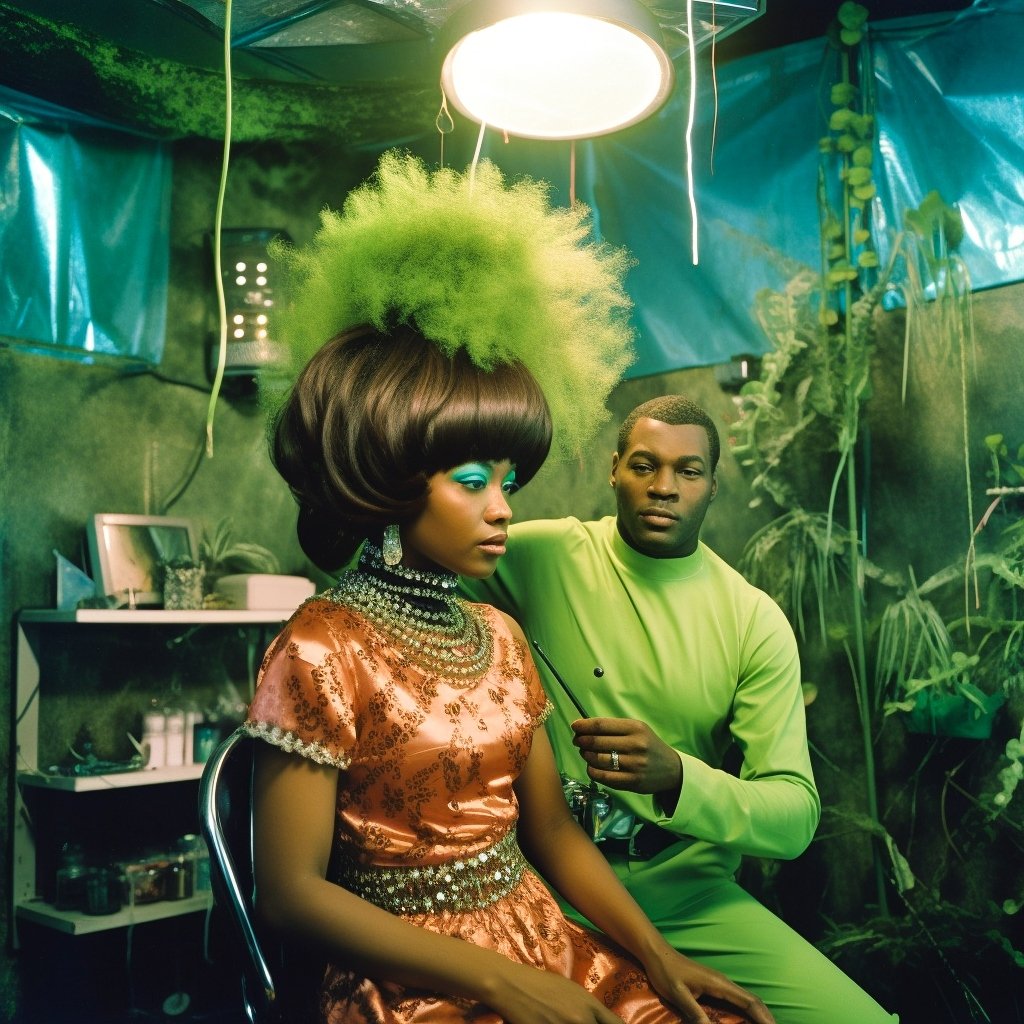
Adaeze Okaro, Planet Hibiscus, #33. Images courtesy of Feral File.
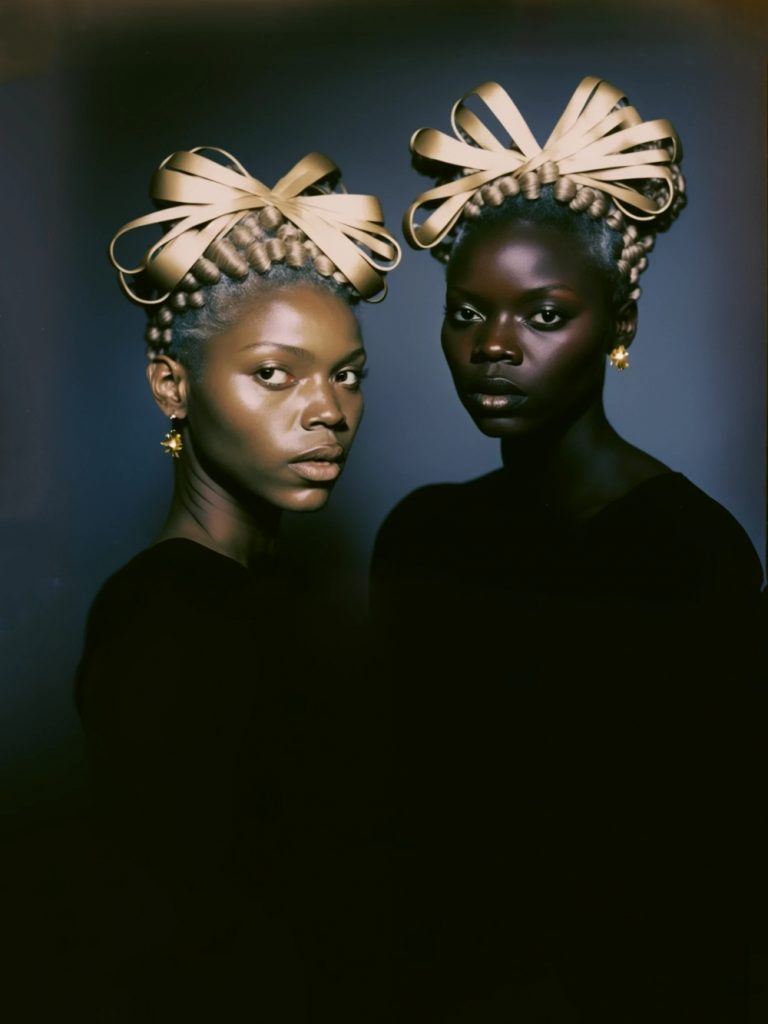
Minne Atairu, Blonde Braids Study II. Images courtesy of Feral File.
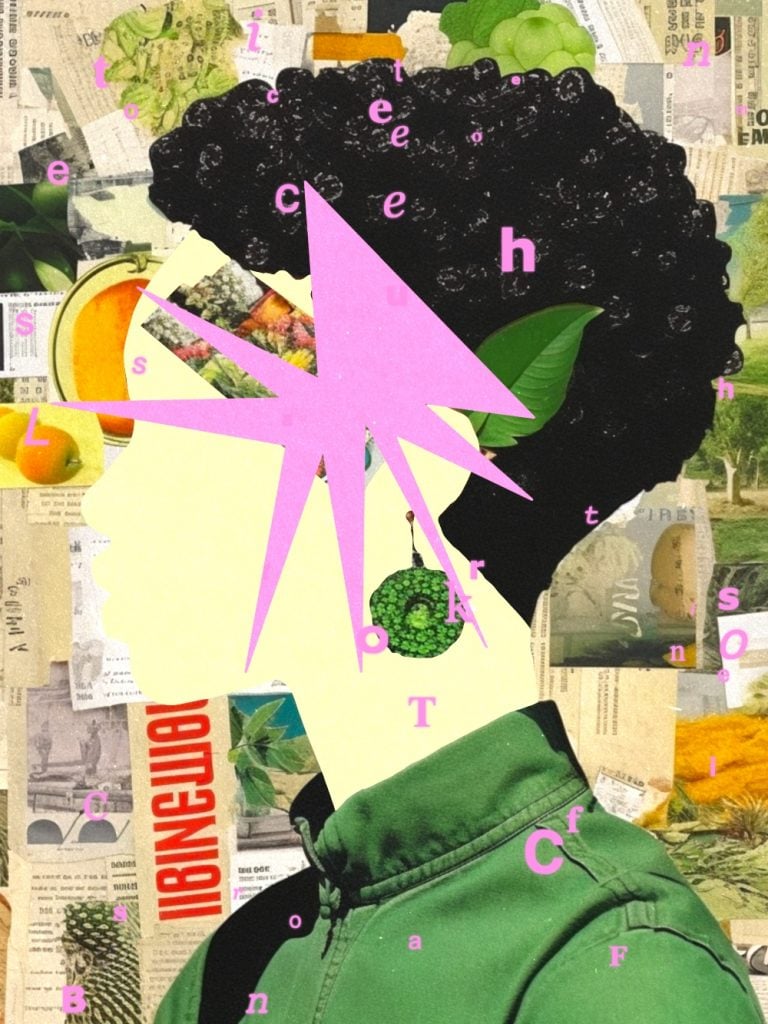
Linda Dounia, Chez Jo. Images courtesy of Feral File.
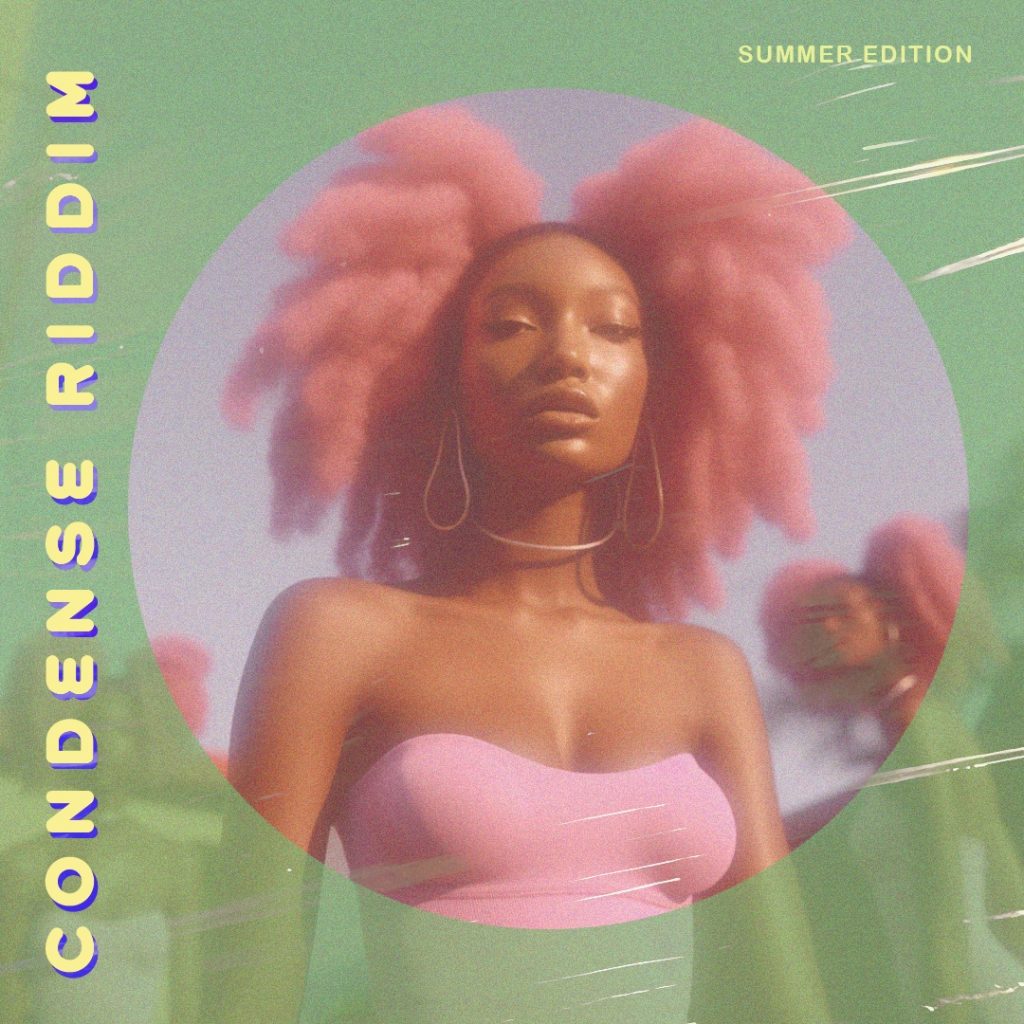
Zoe Osborne, Summer Edition. Images courtesy of Feral File.
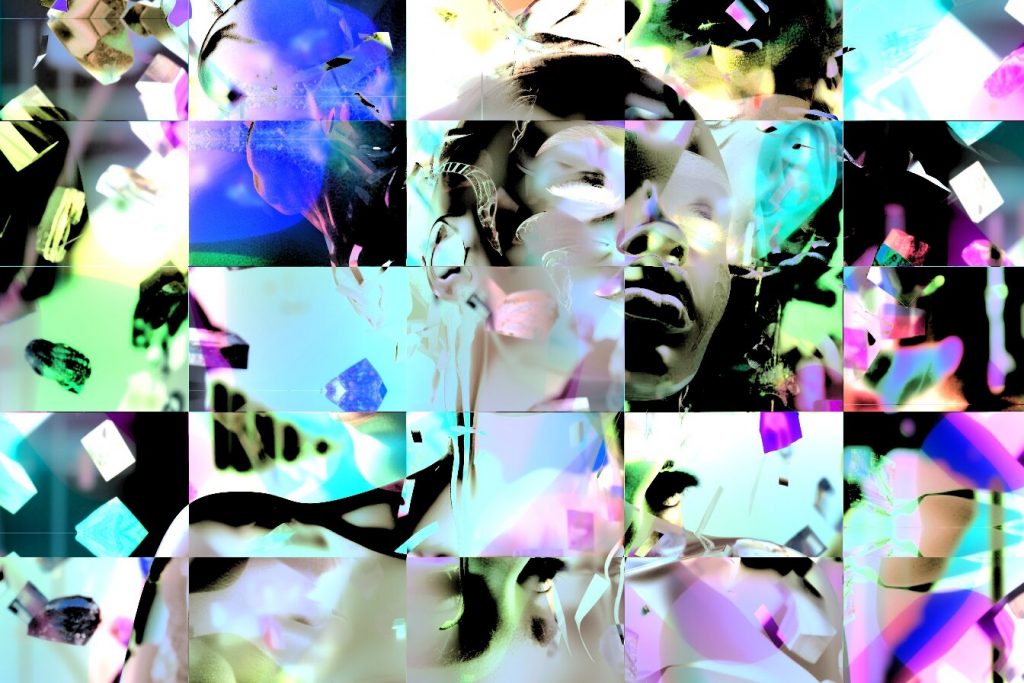
Nygilia, Confetti. Images courtesy of Feral File.
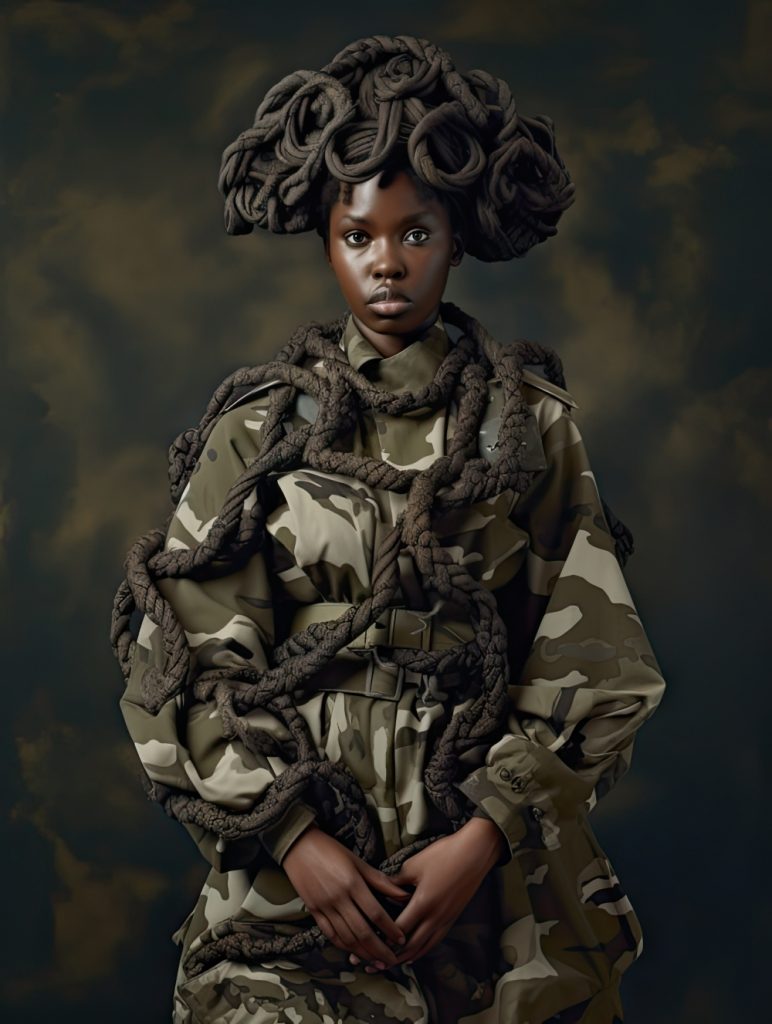
Serwah Attafuah, PERCEIVED. Images courtesy of Feral File.

AFROSCOPE, Proof of Spirit – Act II. Images courtesy of Feral File.
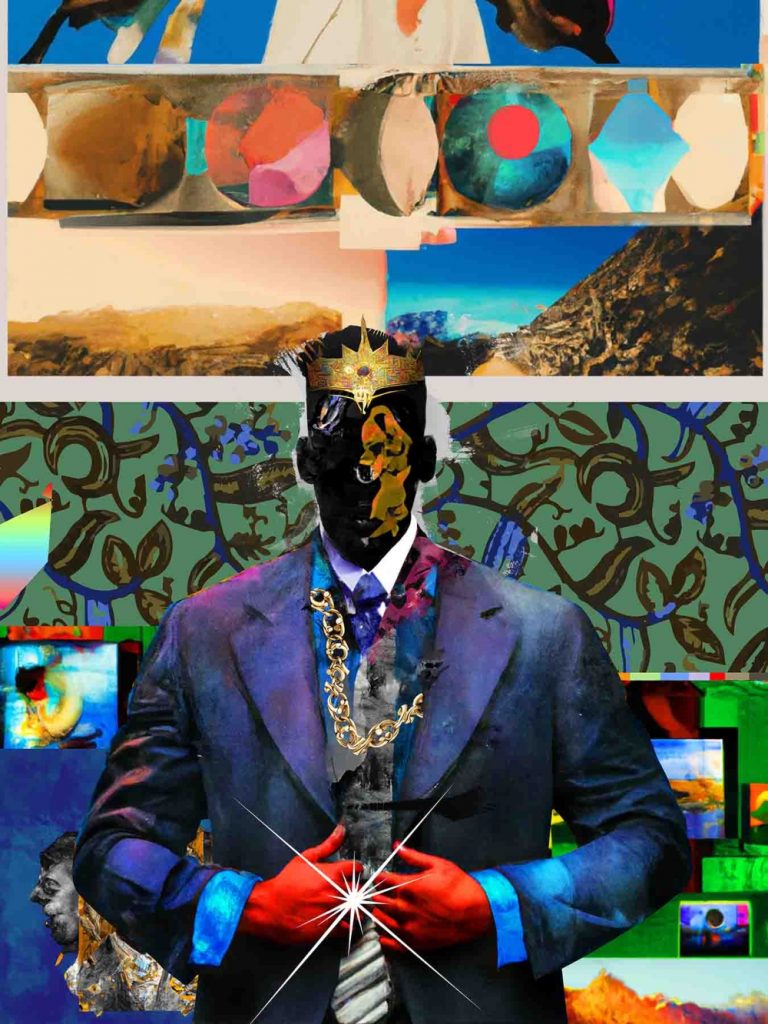
Arclight, UNTITLED. Images courtesy of Feral File.
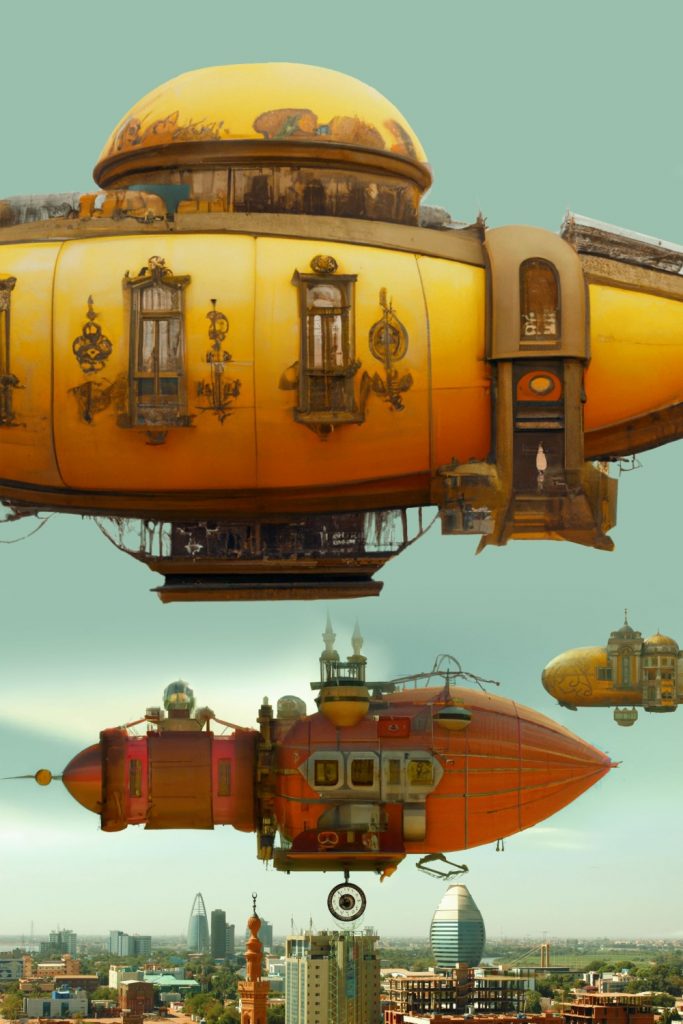
Rayan Elnayal, Cities and spaceships. Images courtesy of Feral File.
More Trending Stories:
Is Time Travel Real? Here Are 6 Tantalizing Pieces of Evidence From Art History